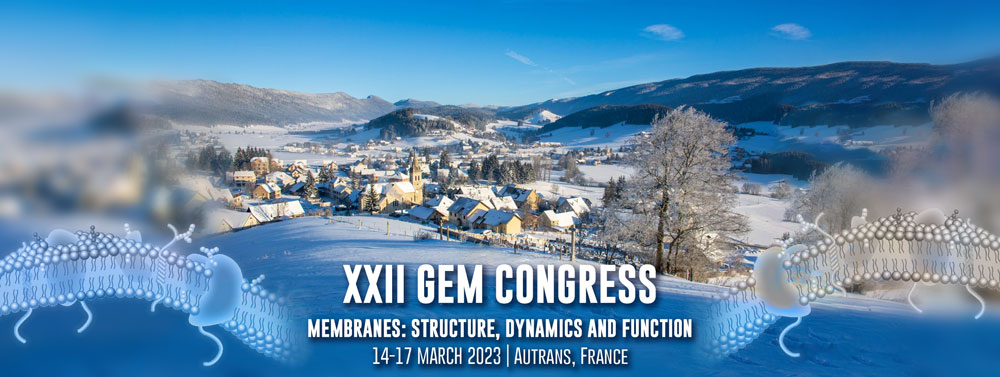Speaker
Description
Vascular endothelial-cadherin (VE-cadherin) is the most important transmembrane component of endothelial adherens junctions. A cytokine-induced phosphorylation of VE-cadherin cytoplasmic domain was reported to trigger cleavage of its extracellular domain, producing the soluble form of the protein – soluble vascular endothelial-cadherin (sVE) [1]. Hence, the presence of sVE in human serum and blood can signal the presence of vascular abnormalities and permeability. sVE is now considered a promising and sensitive biomarker for early detection of endothelial dysfunction in a large series of diseases, such as atherosclerosis, sepsis, cancer and autoimmune diseases [1,2,3]. Importantly, there is no other clinical biomarker for vascular endothelial integrity. Nevertheless, the sensitivity of detecting protein biomarkers is limited by analytical challenges and in particular by their glycosylated state that leads to easy formation of protein/lipid complexes with either HDL or LDL particles as reported in a previous related study [4].
The aim of the project is to study at nanostructural level the interaction between the biomarker, sVE, and biologically relevant lipid bilayer membranes using neutron and X-ray scattering techniques, and particurlarly to identify how different lipids can affect this interaction to build a potential biosensor, in which this interaction is enhaced, that is aimed for early detection of scarce biomarkers in blood samples.
SLBs of varying lipid mixtures, including PC, SM and Chol that are naturally present in endothelial cells, were tested in the presence of sVE. The results were also compared with the interaction of a non-glycosylated protein to better understand the effect of glycosylation. These fundamental results better elucidated the mechanism of interaction between proteins and lipids and will provide the basis for the development of biosensors aimed to optimise the sensitivity and reliability of biosensing techniques for biomarkers of tumours.
[1] M. Auvray et al., Bull. Cancer (2017), 104, 744
[2] T. Kondo, Expert Rev. Proteom.(2014), 11, 9
[3] A. Alyass et al., BMC Med. Genom. (2015), 8, 33
[4] A. Khalil-Mgharbel et al., Biotechnology Journal (2018), 13:1800463
| Session | Interaction lipids/polymers/membrane proteins |
|---|

